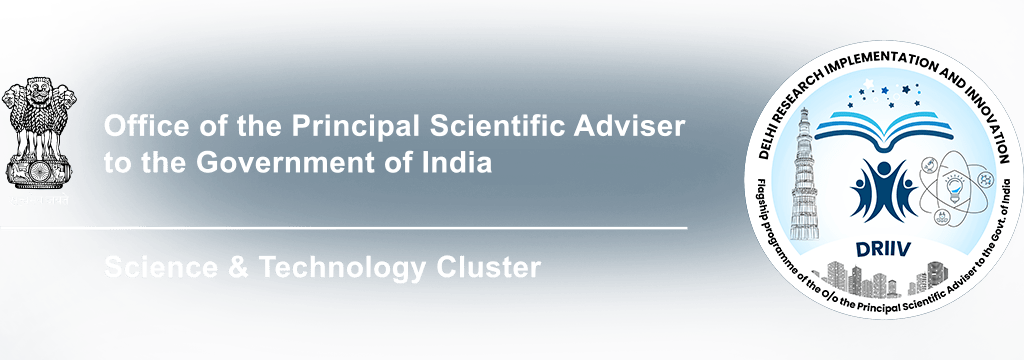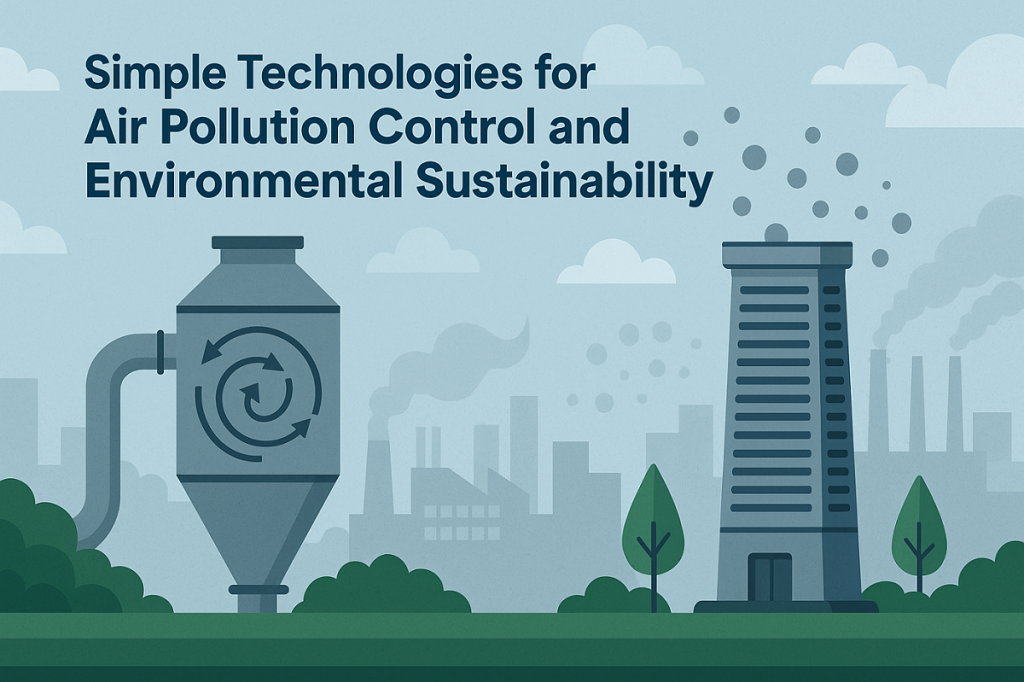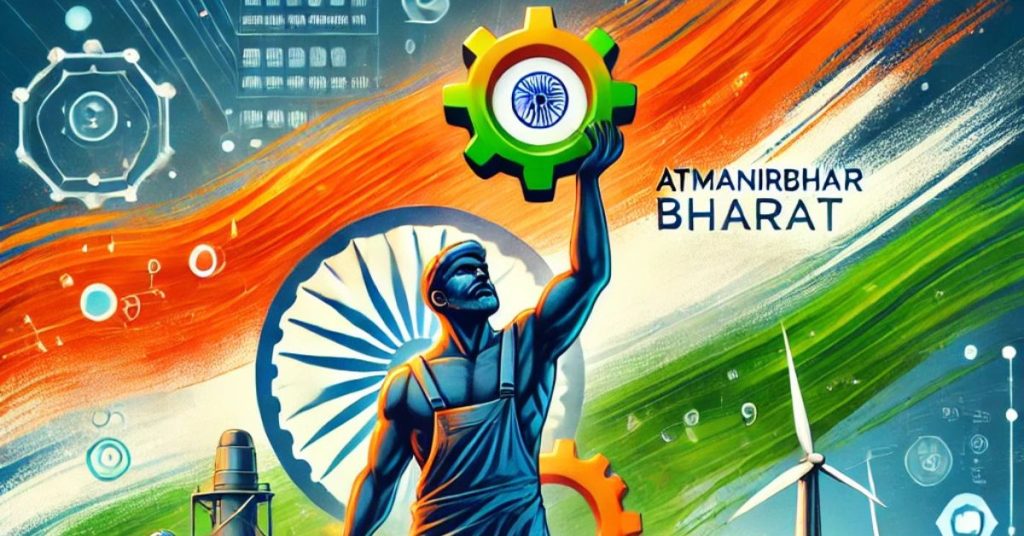Air pollution is one of the biggest challenges cities face today. It affects our health, our environment, and the quality of the air we breathe every day. At DRIIV, we are committed to supporting innovations that lead to environmental sustainability. This includes helping in the mitigation of air pollution through advanced yet practical technologies.
In this blog, we’ll explore simple and effective technologies to control air pollution, including Cyclonic Separators, Smog Towers, and systems for Particulate Matter Reduction. These tools play an important role in the control of air pollution, especially in urban areas where pollution levels are high.
Why is Air Pollution a Big Concern?
Air pollution is caused by harmful gases, dust, and smoke entering the air. These pollutants can come from cars, factories, construction sites, burning waste, and even natural sources like dust storms.
The main pollutants include:
- Particulate Matter (PM2.5 and PM10) – small particles that can enter the lungs and blood.
- Nitrogen Dioxide (NO₂) – from vehicle emissions.
- Sulphur Dioxide (SO₂) – from burning fossil fuels.
- Carbon Monoxide (CO) – from incomplete combustion.
- Ground-level Ozone (O₃) – formed from reactions of other pollutants in sunlight.
Long-term exposure to these pollutants can cause breathing problems, heart diseases, and even cancer. That’s why Air pollution mitigation is essential for healthy living.
What is Environmental Sustainability?
Environmental sustainability means using natural resources in a way that does not harm the planet. It means balancing human needs with the health of the environment. This includes reducing waste, saving energy, and keeping the air, water, and land clean for future generations.
Air pollution affects sustainability by damaging crops, water bodies, and natural habitats. So, working on the control of air pollution is a direct step toward achieving environmental sustainability.
How Can We Achieve Air Pollution Mitigation?
There are many ways to achieve Air pollution mitigation, such as:
- Using cleaner fuels and renewable energy
- Promoting electric vehicles
- Strict pollution control rules
- Tree planting and green belts
- Using modern technologies to control air pollution
- Let’s now explore some of the key technologies to control air pollution.
- Cyclonic Separators – A Simple Yet Effective Tool
Cyclonic Separators are one of the simplest and oldest technologies used in industries to control dust and other particles.
How do they work?
A Cyclonic Separator uses the principle of centrifugal force. Dirty air enters the separator and is spun in a spiral motion. Heavier particles are thrown to the sides and fall into a collection bin, while clean air moves out from the top.
- Benefits of Cyclonic Separators:
- No moving parts, so low maintenance
- Can remove up to 90% of large dust particles
- Ideal for factories and construction sites
- Cost-effective and easy to install
- This is a great technology for Particulate Matter Reduction, especially PM10 particles.
- Smog Towers – Cleaning the Air in Cities
Smog Towers are large air purifiers designed for outdoor use. They are installed in cities to reduce the harmful effects of air pollution.
How do Smog Towers work?
They suck in polluted air from the surroundings and use various filters like HEPA and activated carbon to remove pollutants. Some models also use ionization or electrostatic technology.
Advantages of Smog Towers:
- Can clean air in a radius of 1 km or more
- Helpful in crowded city centers and public places
- Removes Particulate Matter, gases, and harmful chemicals
- At DRIIV, we support pilot projects and R&D for building and deploying Smog Towers to improve urban air quality.
- Technologies for Particulate Matter Reduction
Particulate Matter (PM) is a major part of air pollution. To achieve Particulate Matter Reduction, various technologies are being used:
- Baghouse filters – trap particles using fabric filters
- Electrostatic precipitators – use electrical charge to remove particles
- Wet scrubbers – wash out pollutants using water sprays
- Cyclonic Separators – as explained above
Each of these is useful in different settings, from power plants to vehicle exhaust systems. Together, they play a big role in the control of air pollution.
DRIIV’s Role in Air Pollution Mitigation
At DRIIV, we actively collaborate with researchers, industries, and the government to create and scale technologies to control air pollution.
Our key focus areas include:
- Supporting research in Particulate Matter Reduction
- Promoting deployment of Cyclonic Separators in small industries
- Partnering with city planners for Smog Tower installations
- Developing air quality monitoring tools
- Building awareness about environmental sustainability
We believe that a cleaner environment is not only possible but essential for future development.
Other Solutions for Air Pollution Mitigation
Besides technology, here are some other ways we work on the mitigation of air pollution:
1. Promoting Green Transport
Electric vehicles and bicycles help reduce traffic pollution.
2. Encouraging Cleaner Fuels
Switching to CNG, biofuels, and hydrogen-based fuels helps in the control of air pollution.
3. Waste Management
Open waste burning is a major pollution source. Proper waste collection and processing reduce harmful emissions.
4. Plantation Drives
Trees act as natural air filters and support environmental sustainability.
- The Need for Public Participation
- No technology can work without public support. Here’s how individuals can help:
- Use public transport or carpool
- Avoid burning waste
- Conserve energy at home
- Support green products and technologies
- Stay informed about air quality
Together, we can bring down pollution levels and move towards a cleaner and healthier future.
Final Thoughts
Air pollution mitigation is not just a government or industry issue. It’s a shared responsibility. By adopting simple technologies to control air pollution like Cyclonic Separators, Smog Towers, and effective filters for Particulate Matter Reduction, we can make a big difference.
At DRIIV, we continue to work with stakeholders to ensure a future that is clean, green, and sustainable. Let’s all do our part to support environmental sustainability and make our air safer to breathe.
Frequently Asked Questions (FAQs)
Q1. What is environmental sustainability?
Environmental sustainability means using resources in a way that protects the environment for future generations. It includes actions like reducing pollution, saving energy, and protecting nature.
Q2. What is air pollution mitigation?
Air pollution mitigation refers to all actions taken to reduce air pollution levels. This includes using clean energy, green transport, and installing air purification technologies.
Q3. How do Cyclonic Separators help in controlling air pollution?
Cyclonic Separators remove dust and large particles from polluted air using centrifugal force. They are effective, affordable, and used widely in industries.
Q4. What are Smog Towers?
Smog Towers are large devices that clean outdoor air using filters and fans. They help reduce air pollution in public spaces like city centers.
Q5. What is Particulate Matter Reduction?
Particulate Matter Reduction means lowering the amount of small harmful particles (PM2.5 and PM10) in the air. This is done using filters, scrubbers, and other air-cleaning technologies.
Q6. How can I help in the control of air pollution?
You can help by using public transport, reducing waste burning, saving energy, and spreading awareness about clean air practices.




